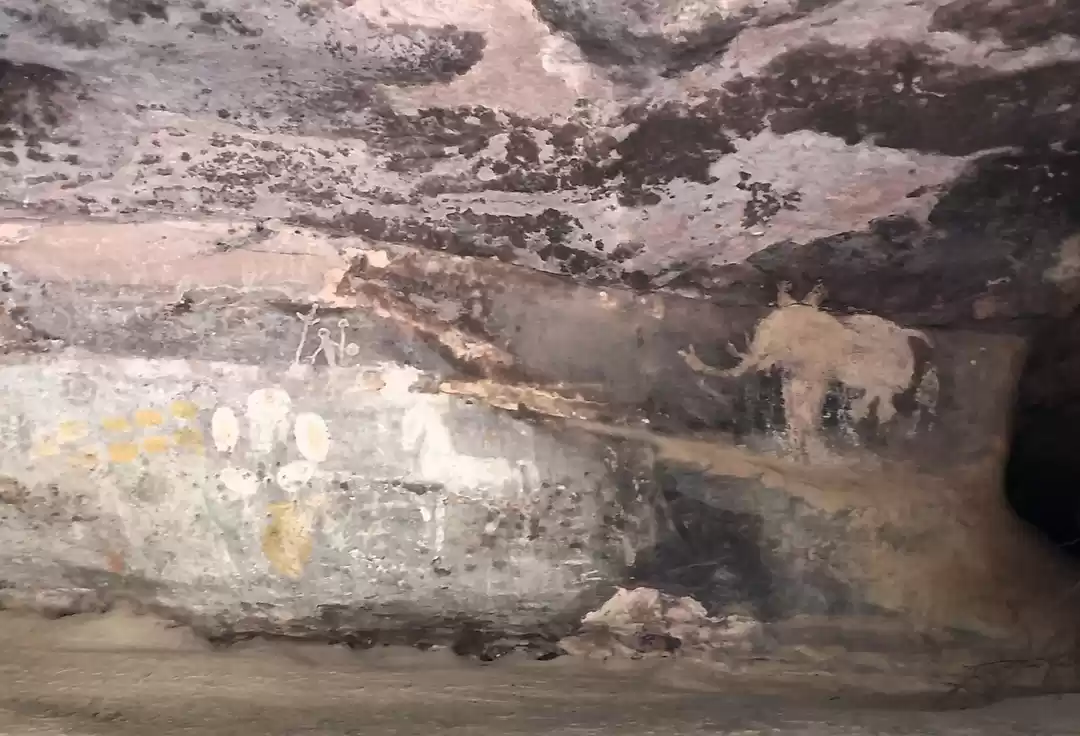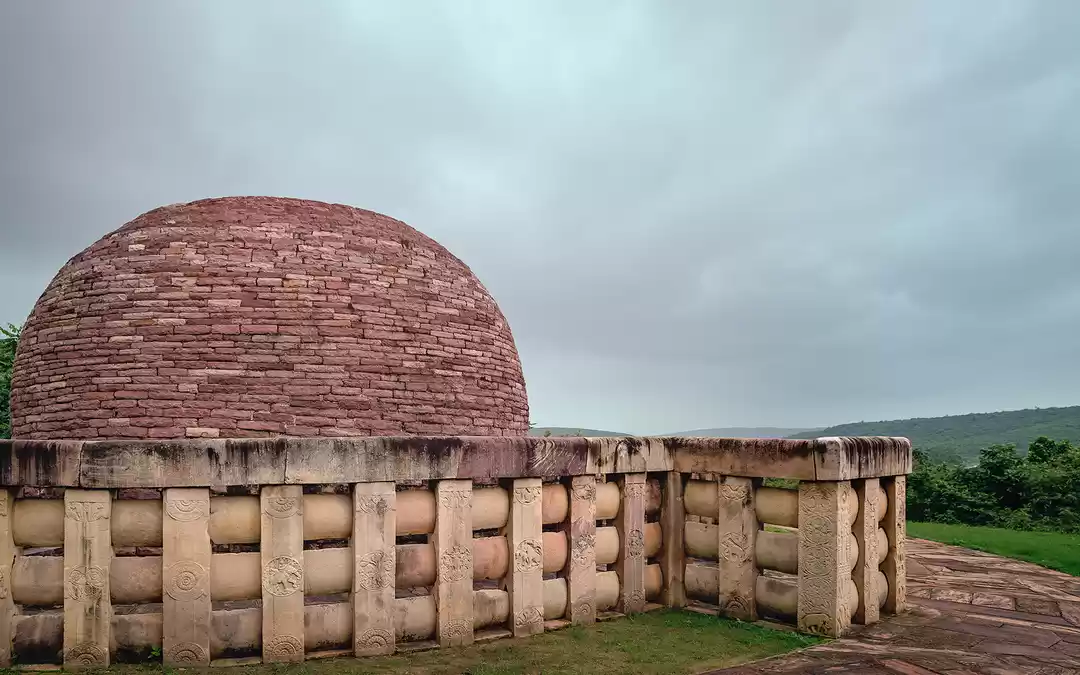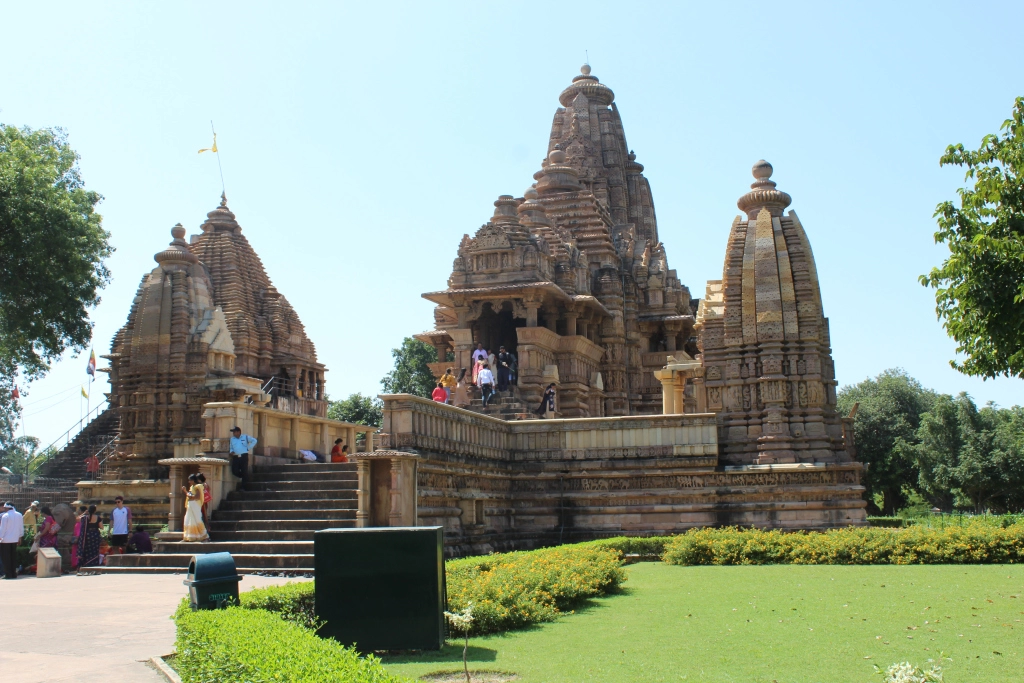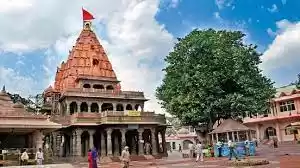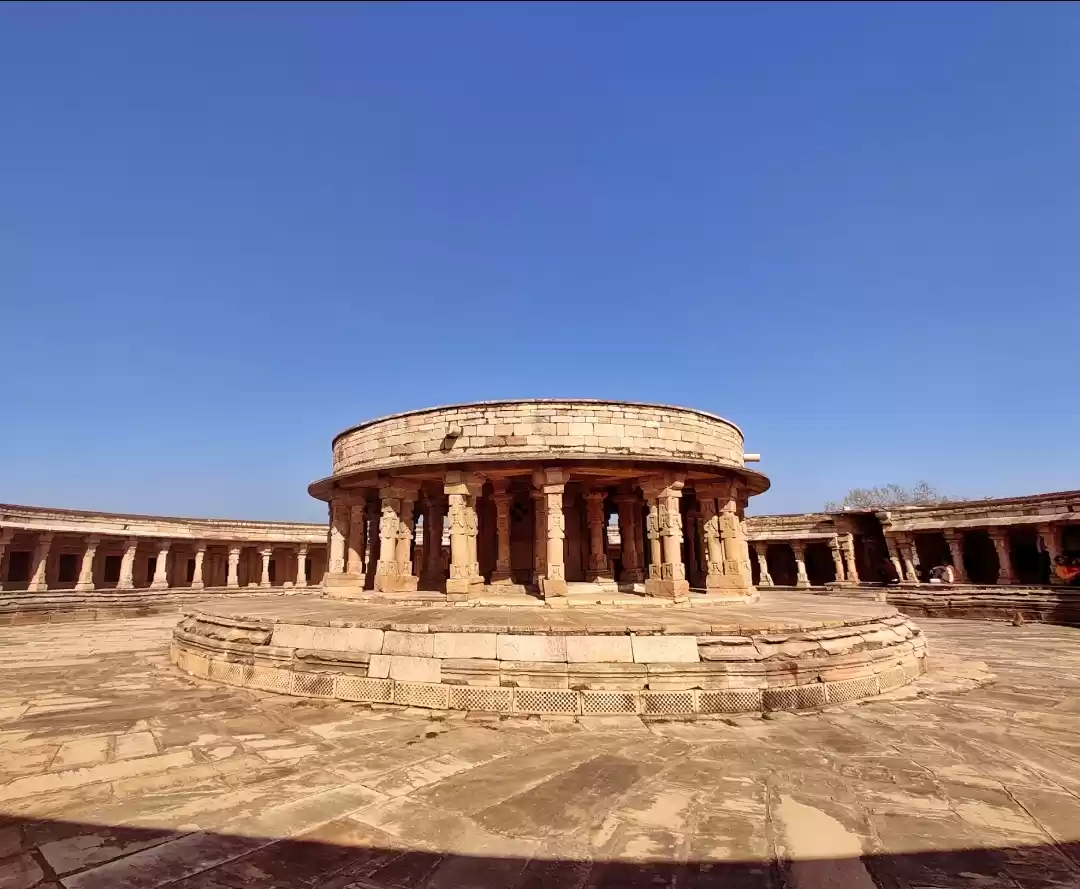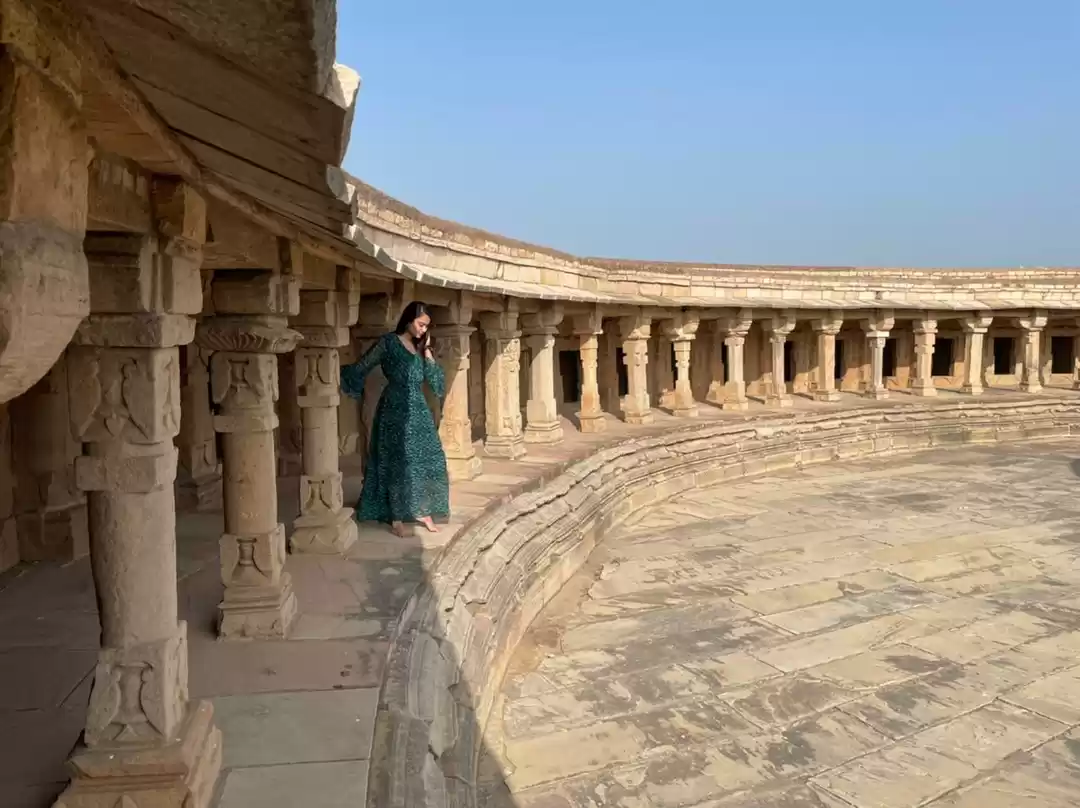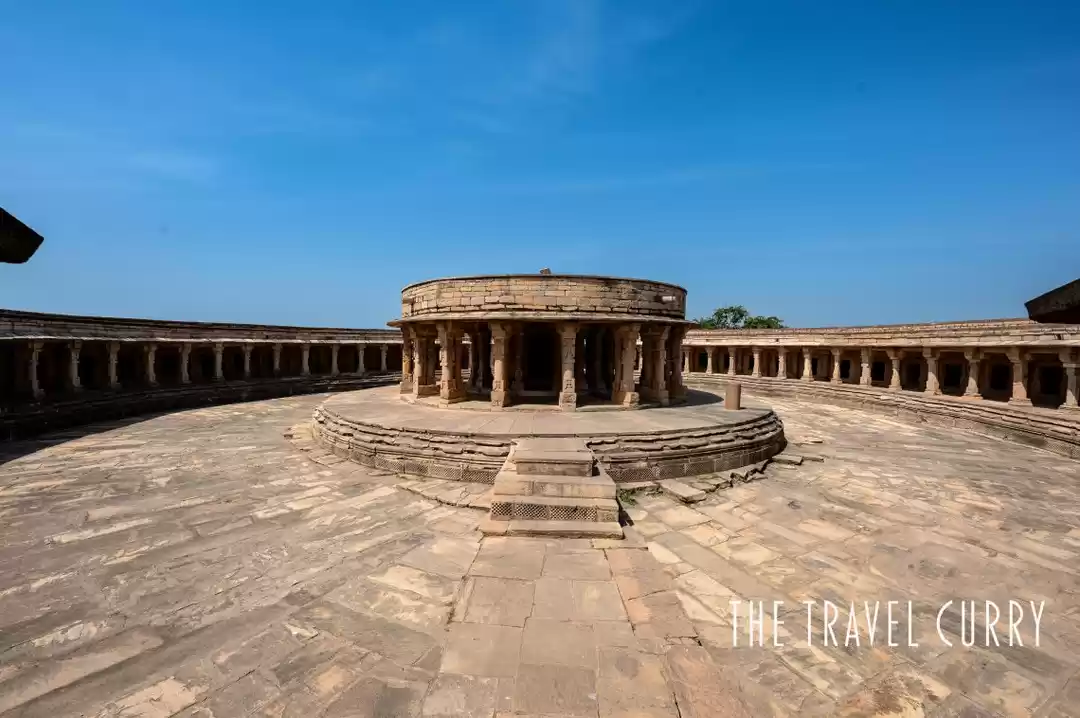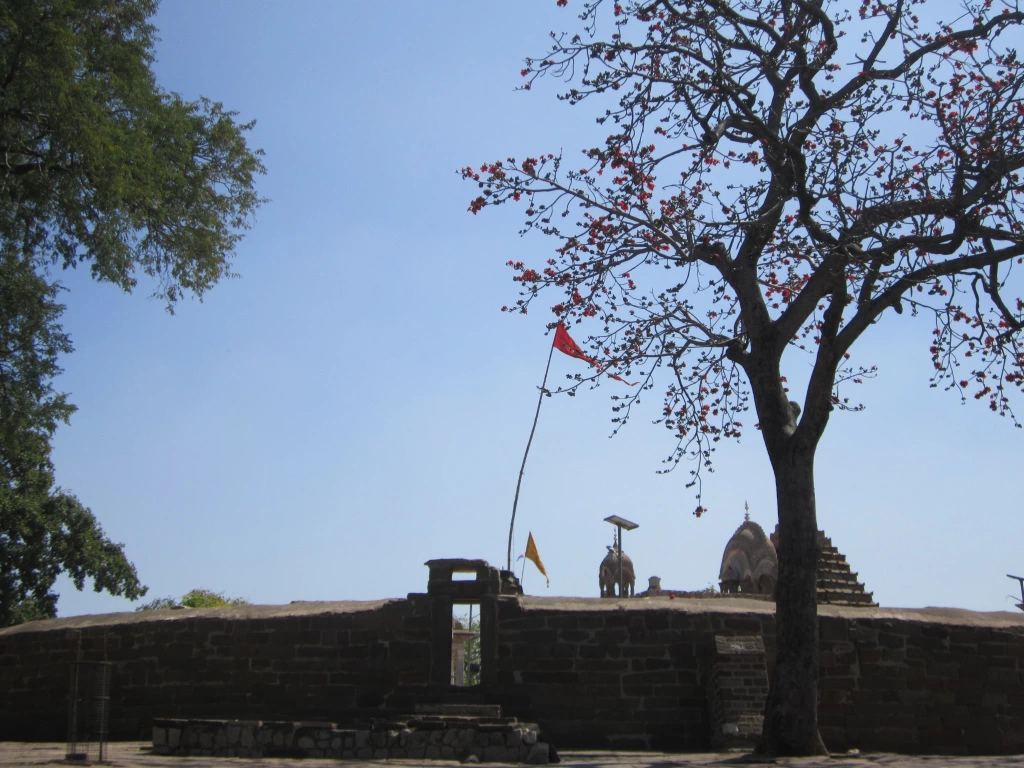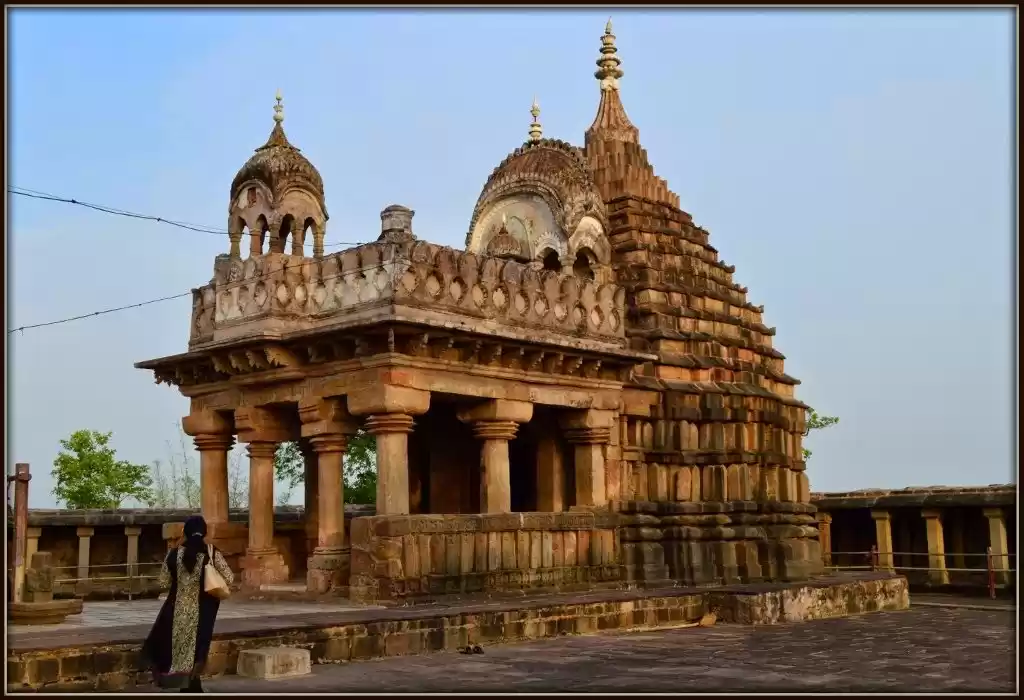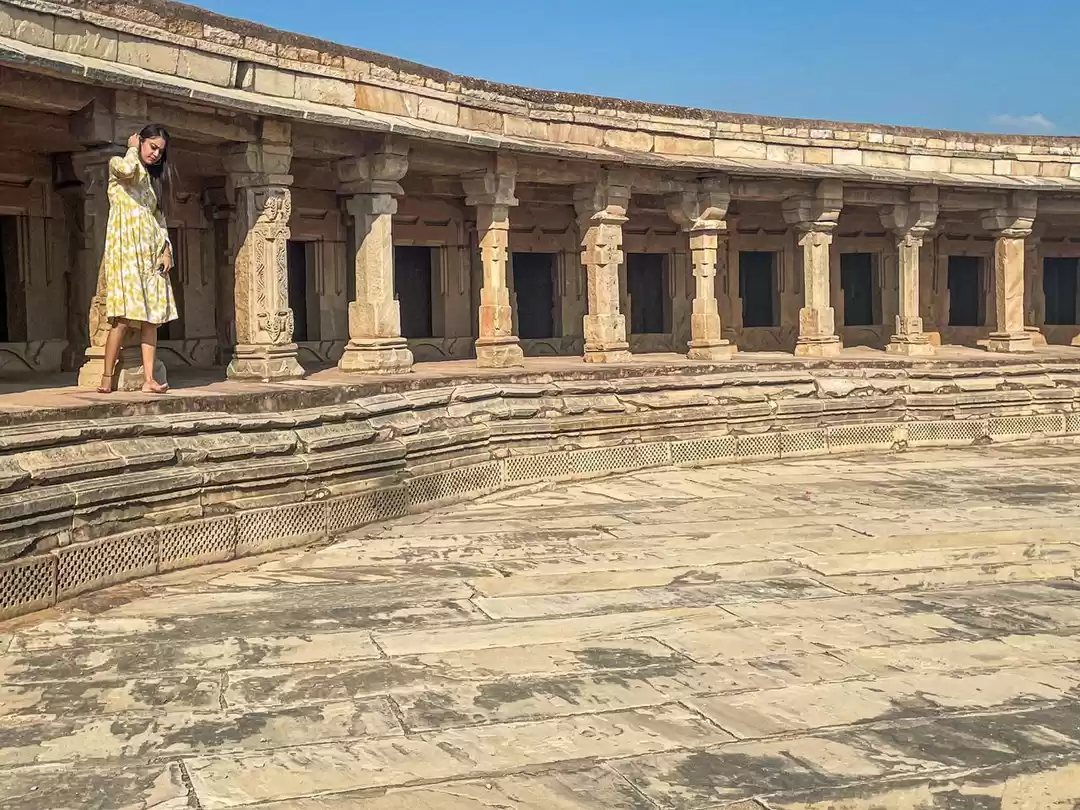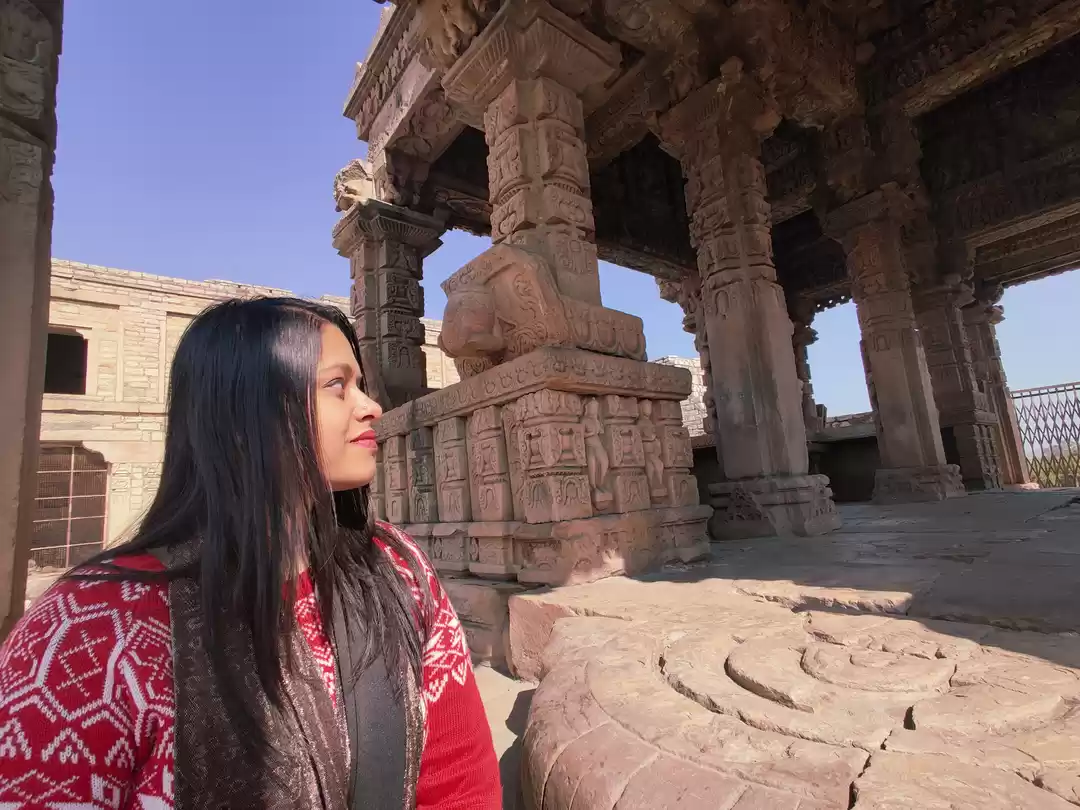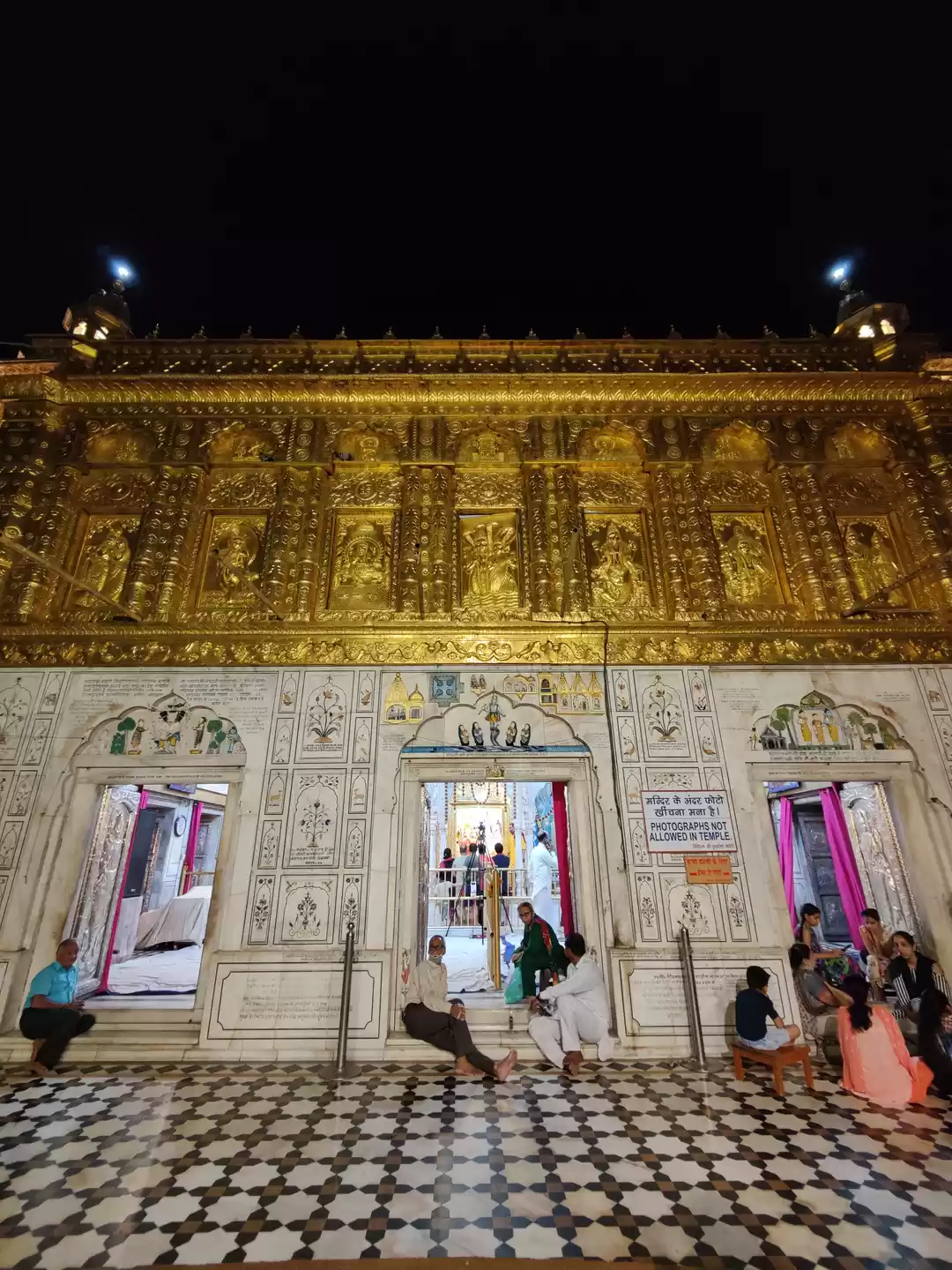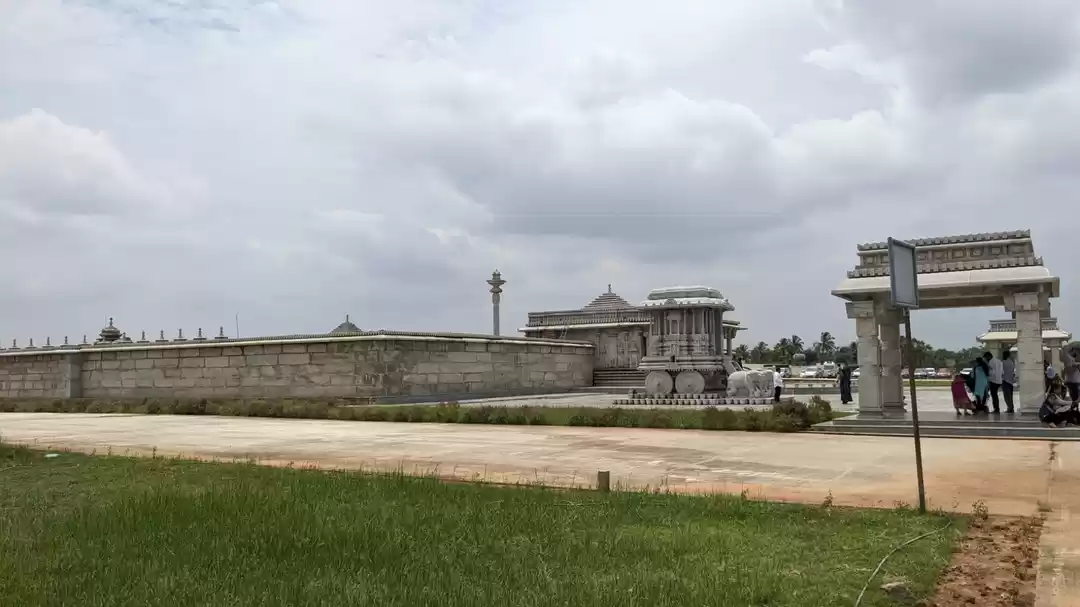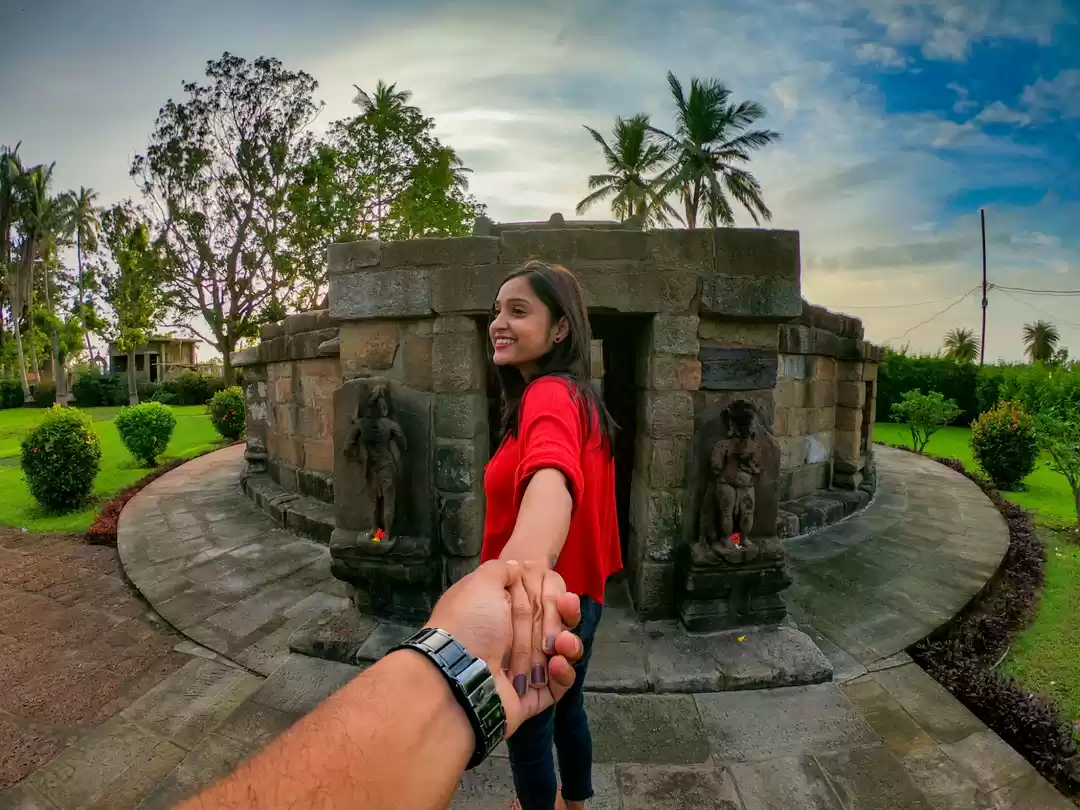Are you fascinated by the mysteries and mysteries of India’s ancient culture and spirituality? Do you want to explore a unique and rare monument that celebrates the cult of powerful women in Hinduism? If yes, then you should not miss the Chausath Yogini Temple, a circular open-air temple dedicated to the 64 Yoginis, the female attendants of the god Shiva.
In this article, we will tell you everything you need to know about this amazing temple, its legend, architecture, significance, and tips for visiting. Whether you are a history buff, a culture lover, or a spiritual seeker, you will find something to inspire and awe you at the Chausath Yogini Temple.

The Legend of the Chausath Yogini Temple
The Chausath Yogini Temple is shrouded in mystery and legend. According to one legend, the temple was built by the Pandavas, the five heroic brothers from the epic Mahabharata, during their exile. They used their divine powers to construct the temple in one night, and then left it in the morning. Another legend says that the temple was a secret meeting place for the Yoginis and Shiva, who would come here to perform tantric rituals and dances. The Yoginis were said to have supernatural abilities, such as flying, shape-shifting, and controlling the elements. They were also fierce warriors, who protected the temple from invaders and enemies.
The legends of the Chausath Yogini Temple reveal the themes and messages of the Yogini cult, such as the power of the feminine, the devotion of Shiva, and the mystery of the cosmic cycle. They also show the connection between the temple and the epic and mythological traditions of India. By visiting the temple, you can immerse yourself in the stories and symbolism of the Yogini cult, and experience the magic and mystery of the ancient past.
The Architecture and Features of the Chausath Yogini Temple
The Chausath Yogini Temple is a marvel of architecture and art. The temple is circular in shape, with a diameter of about 30 meters. It has no roof, and is open to the sky. It has 64 niches, each containing a stone sculpture of a Yogini. The sculptures are carved in different poses and expressions, depicting the various aspects and moods of the Yoginis. Some are smiling, some are angry, some are dancing, some are playing musical instruments, and some are holding weapons. The sculptures are also adorned with various ornaments and symbols, such as crowns, necklaces, earrings, and snakes.
In the center of the temple, there is a shrine dedicated to Shiva and his consort Parvati. The shrine is made of granite, and has a pyramidal roof. The shrine contains a lingam, a symbol of Shiva, and a yoni, a symbol of Parvati. The shrine represents the divine union of Shiva and Parvati, and the source of creation and energy.
The architecture and features of the Chausath Yogini Temple reflect the symbolism and meaning of the Yogini cult and tantrism. The circular shape of the temple represents the cosmic cycle, the eternal movement of creation and destruction. The open-air design of the temple represents the openness and freedom of the Yoginis, who are not bound by any rules or norms. The 64 niches and sculptures represent the 64 arts and sciences, the 64 forms of energy, and the 64 manifestations of the divine feminine. The central shrine represents the core of the temple, the essence of the Yogini cult, and the ultimate goal of tantrism.
By visiting the temple, you can admire the beauty and craftsmanship of the architecture and features, and understand the deeper meaning and significance behind them. You can also take some stunning photos and videos of the temple, and capture the essence and spirit of the Yogini cult.
The Significance and Context of the Chausath Yogini Temple
The Chausath Yogini Temple is not just a historical and cultural monument, but also a religious and spiritual one. The temple is one of the few surviving examples of the Yogini cult, a branch of Hinduism that flourished between the 8th and 12th centuries CE. The Yogini cult was a radical and revolutionary movement, that challenged the orthodox and patriarchal norms of society and religion. The Yogini cult worshipped the Yoginis, the female attendants of Shiva, as the supreme deities, and revered the feminine energy and wisdom as the source of all creation and liberation. The Yogini cult practiced tantrism, a mystical and esoteric path that involved the use of rituals, mantras, yantras, mudras, and meditation to achieve union with the divine. The Yogini cult was also known for its artistic and architectural achievements, such as the Chausath Yogini Temple, which is considered a masterpiece of Indian art and culture.
The Chausath Yogini Temple is also a significant and relevant monument in the context of India’s heritage and identity. The temple is one of the oldest and most authentic examples of India’s ancient wisdom and power, that has survived the test of time and history. The temple is also a symbol of India’s diversity and pluralism, that has embraced and celebrated different forms of faith and expression. The temple is also a reminder of India’s potential and responsibility, to preserve and promote its rich and unique culture and spirituality.
By visiting the temple, you can learn more about the history and context of the Yogini cult, and its impact and influence on India and the world. You can also appreciate the value and importance of the temple, and its contribution and relevance to India’s heritage and identity.
The Experience and Tips for Visiting the Chausath Yogini Temple
The Chausath Yogini Temple is not only a sight to see, but also an experience to feel. The temple offers a unique and unforgettable experience for visitors, who can witness and participate in the rituals and ceremonies that are performed at the temple. The temple also offers a serene and tranquil atmosphere, where visitors can relax and meditate, and connect with the divine and themselves. The temple also offers a scenic and picturesque view, where visitors can enjoy the beauty and charm of nature, and capture some memorable moments and photos.
To make the most of your visit to the Chausath Yogini Temple, here are some tips and suggestions that you should keep in mind:
- The best time to visit the temple is during the winter season, from October to March, when the weather is pleasant and comfortable. The temple is open from 6 am to 6 pm, every day of the week.
- The temple is located in the outskirts of Jabalpur, Madhya Pradesh, and can be reached by road, rail, or air. The nearest airport is Jabalpur Airport, which is about 25 km away from the temple. The nearest railway station is Jabalpur Railway Station, which is about 15 km away from the temple. The temple can also be accessed by bus or taxi from Jabalpur city.
- The temple has no entry fee, but visitors are expected to maintain the sanctity and cleanliness of the temple. Visitors are also advised to dress modestly and respectfully, and avoid wearing leather or animal products. Visitors are also requested to refrain from smoking, drinking, or eating inside the temple premises.
- The temple has no facilities or amenities, such as toilets, shops, or restaurants, so visitors should carry their own essentials, such as water, snacks, or medicines. Visitors should also be careful of the monkeys and dogs that roam around the temple, and avoid feeding or provoking them.
- The temple has no guides or information boards, so visitors should do their own research or hire a local guide, who can explain the history and significance of the temple, and the stories and legends of the Yoginis. Visitors should also be respectful and courteous to the priests and devotees, who perform the rituals and ceremonies at the temple, and seek their permission before taking photos or videos.
- The temple is surrounded by other attractions and places of interest, such as the Bhedaghat Marble Rocks, the Dhuandhar Falls, the Balancing Rock, and the Madan Mahal Fort. Visitors can also explore the nearby villages and towns, such as Mitaoli, Hirapur, and Bhubaneswar, where they can find other Chausath Yogini Temples, and learn more about the Yogini cult and culture.
Conclusion
The Chausath Yogini Temple is a hidden gem of India’s ancient wisdom and power, that deserves to be visited and appreciated by everyone. The temple is a unique and rare monument, that celebrates the cult of powerful women in Hinduism, and showcases the beauty and brilliance of Indian art and architecture. The temple is also a significant and relevant monument, that reflects the history and context of the Yogini cult and tantrism, and their impact and influence on India and the world. The temple is also an amazing and unforgettable experience, that offers a glimpse and a taste of the mystery and magic of the Yogini cult and spirituality.
If you are looking for a place that will inspire and awe you, then you should definitely visit the Chausath Yogini Temple, and discover the secrets and wonders of the Yogini cult. You will not regret it, and you will never forget it.

